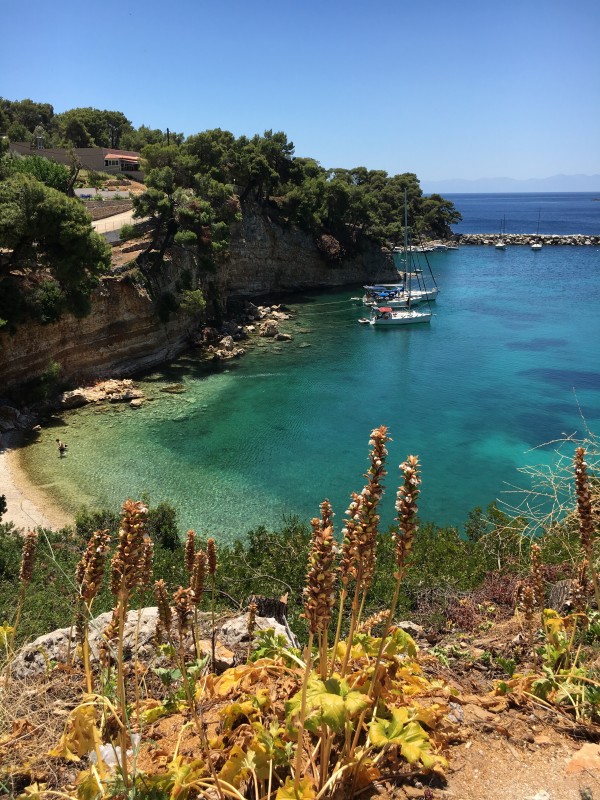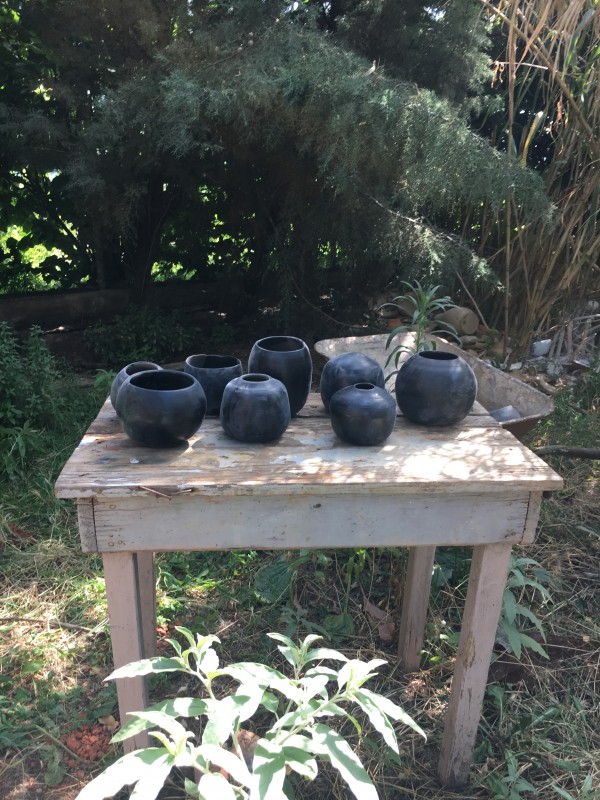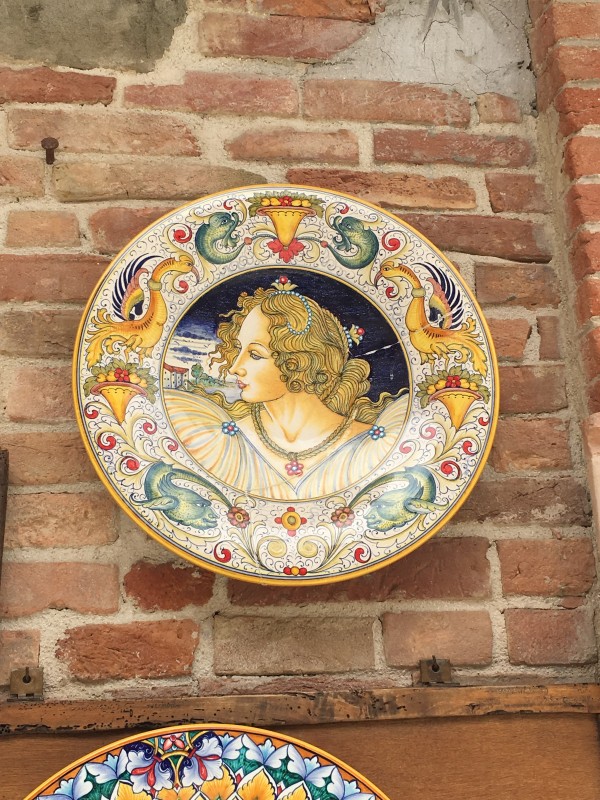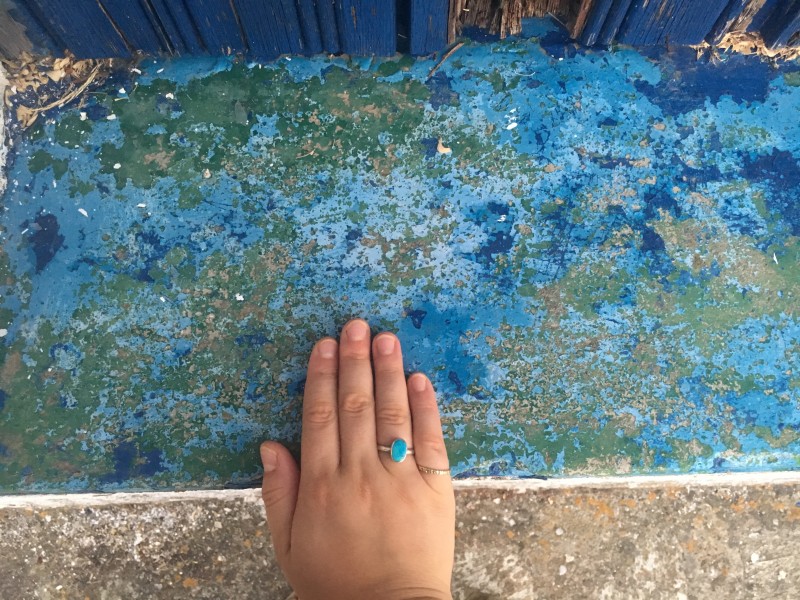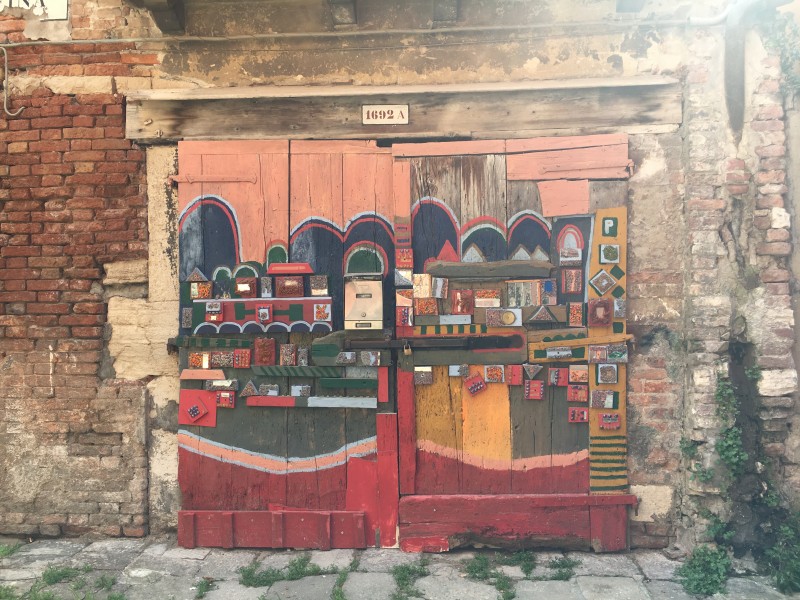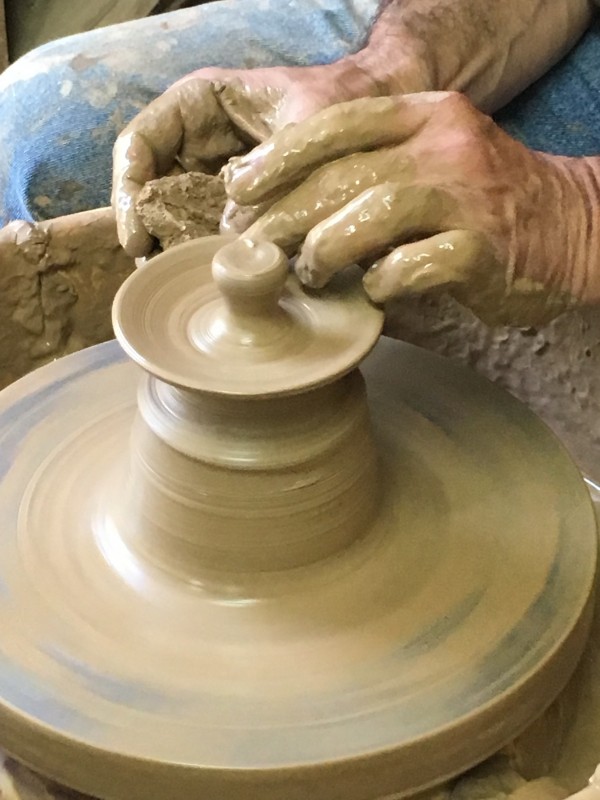
World Learning: Ceramics Edition
As a Contemporary Ceramics artist, I find myself constantly gravitating towards the ceramics of the past and the methods and mediums ancient artists used to create pottery and glazes. On my journey to learn more about this, I spent this past summer exploring traditional pottery in Italy and Greece. I started my trip in the old town of Deruta, Italy, attending Majolica classes at the Romani Ranieri Scuola d’Arte Ceramica. There I learned about a painted glazing method that originated in Majorca, Spain, and came to Italy to stay hundreds of years ago. This method is called Majolica or sometimes Maiolica or Maioliche. I learned how to apply the glaze correctly and how to paint with tin-based stains on top of the glaze base, in order to create vibrant and colorful plates and tiles. This was a part of my research for my Senior Thesis as well so everything I learned, I committed to memory (and to the notes in my sketchbook).
My next journey took me to Venice to meet a friend from Paris and attend the Venice Biennale 2017. I saw as much art as possible and took inspiration from the peeling plaster walls bordering the canals.
This takes us to the end of June, when I left Italy for my next country: Greece. I landed in Athens to meet up with a friend who lived there and hit as many sites as I could in my two days there. After climbing the Akropolis and nearly fainting from the beauty of the ancient collections in the Benaki Museum, I boarded another plane and arrived in Thessaloniki, another city on the mainland, where I was to stay for about nine days to do a Wheel Throwing work shop with an artist named Hector Mavridis.
The next nine days were exhausting but rewarding, full of incredible food, serious wheel throwing work, and a ton of engaging conversation. The three of us participating in the workshop were from all over the world, so we discussed politics, art, and economy to no end. Hector helped me relearn some bad throwing habits and had me centering my clay within seconds of starting. It was hot as could be (Europe was in the middle of a heat wave) and the Hector’s dogs would spend all day in the cool corners of the ceramic studio, watching us as we worked.
My next adventure began when the workshop ended and I headed off the mainland into a chain of islands called the Sporades. I spent time in Skiathos and Alonnisos, relaxing, swimming, and sketching, taking a thousand photos everywhere I went. And then a week or two later, I headed to my last destination; I was accepted as an Artist in Residence at the Skopelos Foundation for the Arts (on Skopelos, the third island in the Sporades chain), so I took a ferry there and met my resident hosts to settle in.
Here, I did the most work of all. I woke up each day and walked to the studio from the apartment I was staying in, spending the day drinking coffee and working in an outdoor ceramics space that looked out over the Aegean. When I wasn’t there, I was learning about the island from my hosts or getting rides to the beach from my Greek landlord Christos.
The residency, the workshops, the actual locations…these all taught me more about ceramics then I had learned in all my classes so far. They showed me different views of what ceramics can be and what it has meant to people in the past as a medium, as a means of functional use. I hope to return to Skopelos again to repeat the residency, but in the meantime I’ll be here in my studio in Boston, translating what I learned into my own practice and work.
Tips for SMFA First-Years
To be honest, my first year at SMFA at Tufts was a bumpy road. I laughed a lot, cried a lot, but most importantly, I learned countless important life…
Why SMFA at Tufts
The process of applying to college can be daunting, especially when you're unsure of your academic direction. I was completely overwhelmed by the college…
